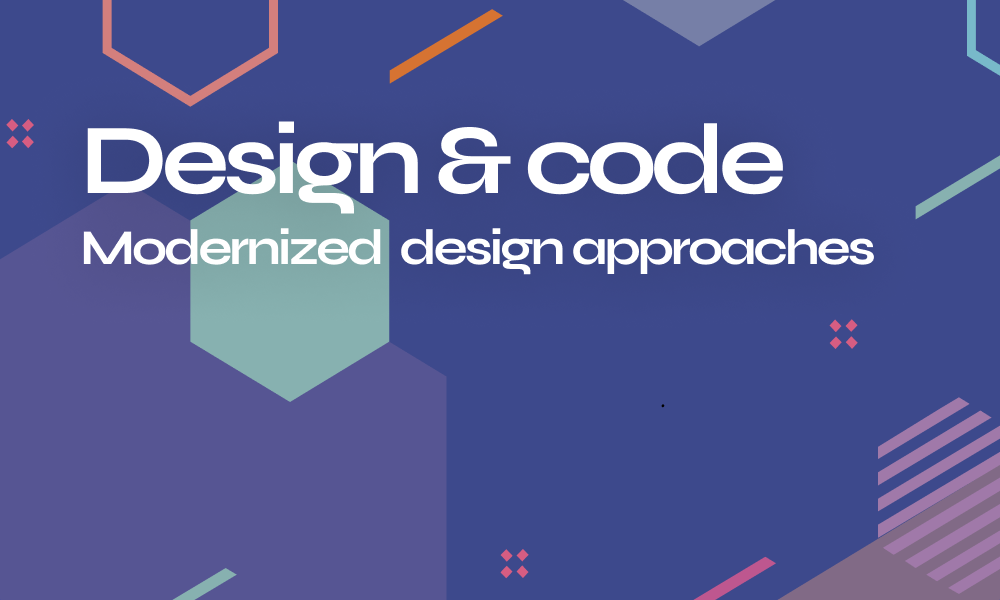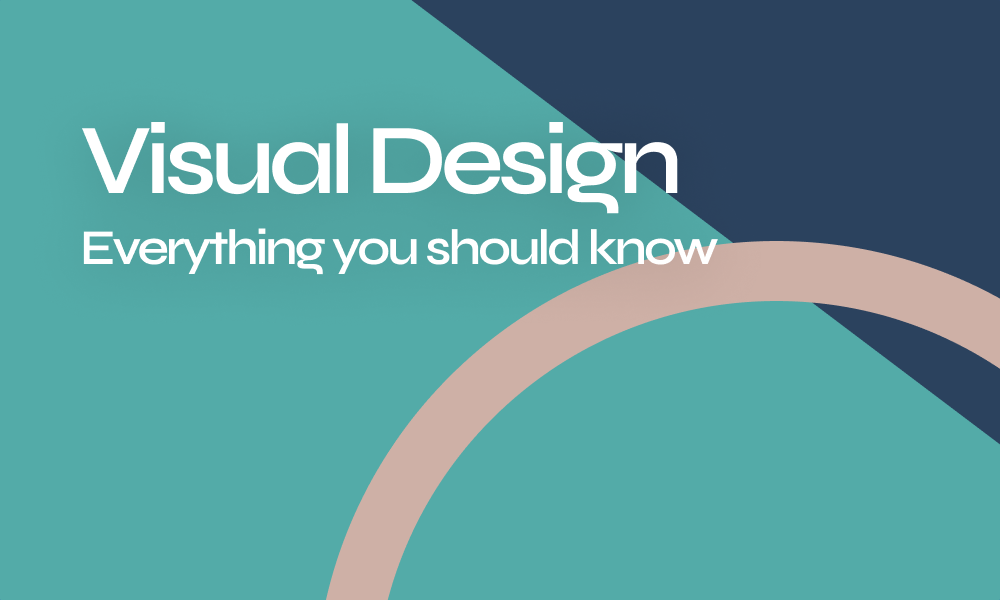

Whether it is graphic, UI/UX, or 3D design, designing as a field is incredibly and unstoppably becoming a more complex process requiring intense knowledge, moon level of consistency in every detail, technicalities, and lots & lots of time to accomplish the smallest thing.
With the continuous growing reliance on design in everything we do nowadays, what was optional became a must: companies needed designers, UI/UX needed better design options, school projects needed design, every simple life aspect needed to be “designed “ consistently and perfectly! The complexity of the demand led to the need to coordinate designing skills with tight cross-functional collaboration between involved teams within an organization which created a new “design mindset “.
Unless you live on the moon you might have heard of the word “ design system “ somewhere and yeah this blog is all about it and how it contributed to the boom of the classic world of UI/UX designers.
Simplifying concepts
What is the design system? and why is it needed?
The General definition for a design is a collection of the detailed standards of design and front-end coding also considered as a library of design components and assets made to be easy to use and reused in complete efficiency, consistency, and scalability to allow teams to achieve high-value digital products.
The biggest leading firms invested in design systems simply because it ensures efficiency for everyone by operating like a bond of atoms creating molecules that combine into an organism.
Design systems solve generally the following challenges :
- The high cost of design
- The waste of time
- Imperfect and inconstant UI
- Weak UX
How can design systems completely change designer vision?
Too sad that we always have this back thought that becoming a designer is a matter of natural talent combined with technical mastering only. Sometimes we dare to advise a person to not opt for design as a job nor a hobby for his lack of taste and vision or simply we tell him he would go nowhere unless he masters 10 years of experience in the field. Well, Design systems are not only a tool to solve all of these issues with a faster and more consistent design, but it is also an entire mindset that changes the casual role of a designer.
For the designers, design systems can be the new air they breathe at it :
- Consumes less energy
- Operates and controls all components
- Gives faster results
- Keeps work perfectly consistent in components, elements, and style
- Saves previous work, convert it into kits and reuse it when in need
- Gives more space for open innovation
Simply why bother to visually design every state of every screen while you can think more efficiently and operate by Assembling all components Line of UX/UI?
Instead of doing two jobs you do one and let the rest operate altogether in a creative, unified, and customized way. Everybody working for that brand or product line operates the same by using a design system, which has been socialized around the entire company or division. And so designer work is no longer highlighted by a visual design portfolio or pretty wireframes pretending to assume the UX.
With a design system, anybody can make a wireframe pretty using predefined components.
Our usual Designers will no longer only care about the visuals, they will become real design architects and builders that owns/co-owns/updates the design system and also fills in additional design as needed such as creating or selecting illustrations, photos, and logos. And so design work turns around depth And quality, not longer speed and visuality.
Conclusion
A design system amplifies a design-driven culture that encourages building a who? & a why? For every product, look beyond creating blocks and to think of the purpose of every design. It is a whole mindset that operates as a perfect design team.
Read more about Atomic Design System










